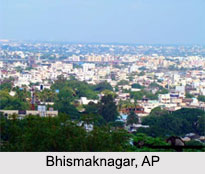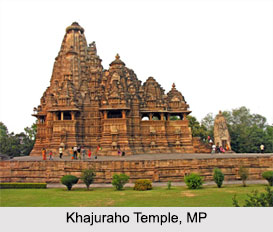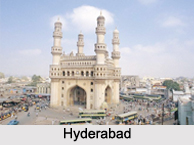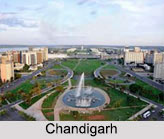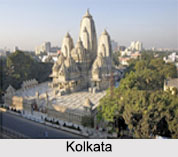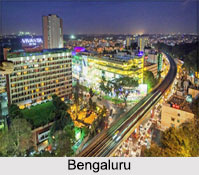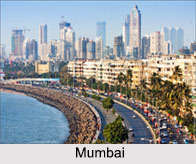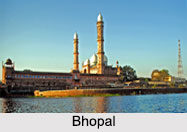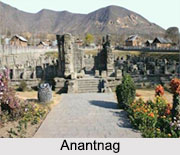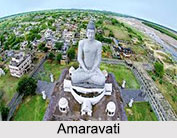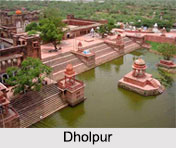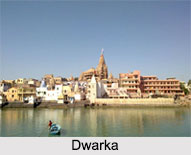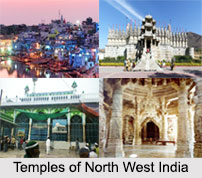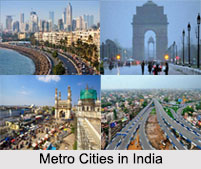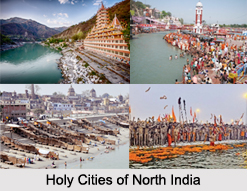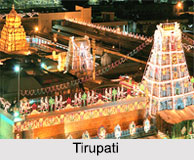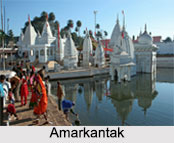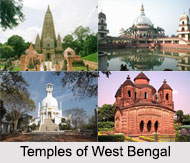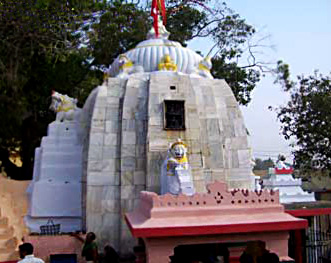 Sankha Kshetra of Puri includes the Temple of Lord Jagannath and its huge compound circumscribed by a wall called `Meghanada Pacheri`. The temple complex is surrounded by streets or sahi, running in all directions from the temple. The sebakas live in the streets, which are close to the temple and monasteries, temples of several gods and goddesses, sacred tanks and trees, recreational and gymnastic centres (Jegaghar and Akhada) are located in different places scattered throughout the town.
Sankha Kshetra of Puri includes the Temple of Lord Jagannath and its huge compound circumscribed by a wall called `Meghanada Pacheri`. The temple complex is surrounded by streets or sahi, running in all directions from the temple. The sebakas live in the streets, which are close to the temple and monasteries, temples of several gods and goddesses, sacred tanks and trees, recreational and gymnastic centres (Jegaghar and Akhada) are located in different places scattered throughout the town.
The shape of the sacred section of Puri resembles a conch shell (sankha) and, therefore, it is also known as the Sankha Kshetra. Like the other names, that is, Shri Khetra and Purusottam Khetra, which have bearing on the Lord Jagannath, the paramount deity of Puri, Sankha Kshetra has equal ritual and symbolic significance. The name Sankha Kshetra is the most significant because Sankha is one of the Aiyudhas or weapons of Lord Vishnu who resides in the navel or the central part of the shell in the form of Lord Jagannath. Sankha Kshetra is about 10 miles in extent, of which nearly two koshas are submerged in the sea and the remaining three koshas are above water and sandy because of its origin from the sea. In the centre of the Kshetra lies the hillock called Nilagiri where the famous temple of the Lord Jagannath stands and within its compound many sacred institutions of importance are located.
The broad end of the Sankha Kshetra lies to the west where the temple of Lokanath, one of the eight noted Shiva Temples of Puri is located and on the apical end or the cone in the east, is located another Shiva Temple called the Nilakantha. The area between the two temples is two miles in extent and is most sacred.
According to the Tantric philosophy, the Sankha Kshetra is made up of seven concentric folds. The innermost or first fold, which forms the navel, or the Kshetra, is the seat of the divine platform on which the Lord Jagannath with his elder brother Balabhadra and their sister Subhadra is installed.
The second fold, which is the outer layer of the first or the innermost fold, is hexagonal in shape and in this are located four goddesses of power, two tirthas, two sacred trees, Garuda (vehicle of Lord Vishnu) and the top of the Nilgiri hill which is convex like the back of a tortoise. The goddesses are Bimala, Kamala, Sarbamangala and Uttaral. The sacred trees are Kalpapadapa and Salmalitaru. The tirthas are Rohinikunda and Pranitodakakunda.
The third fold, which is the outer layer of the second fold, is the central part of the lotus-like structure having eight petals, each inlaid with an idol of Lord Shiva and a goddess. The eight Shivas are Agneswar, Bateswar, Khetrapaleswar, Chakreswar, Baikuntheswar, Pataleswar, Isaneswar, and Lokeswar. The eight goddesses are Dwarabasini, Mahabajreswari, Swanabhairabi, Bhadrakali, Bhubaneswari, Mahakaliaghorea, Sitala, and Jagnyeswari. These deities are responsible for watching and guarding the firstfold having the Supreme Lord at the centre of the sacred complex.
The fourth fold, which is the outer coating of the third fold, forms the convex surface of the temple precinct (Mahakurma) and the inner compound wall.
The fifth fold, which is the outer layer of the fourth fold, is the seat of the eight Shivas and eight goddesses. The Shivas is Bisweswar, Markandeswar, Mahakaleswar, Karnameswar, Mukteswar, Ugreswar, Kapilalochana and Agreswer. The goddesses are Bisweswari, Saptamatrika, Dakshinkali, Charchika, Alameswari, Barahi, Banadurgeswari and Basulikeswari. These deities are also in charge of watch and ward functions of the sacred complex.
In the sixth fold of the sacred space there are four ashrams. They are Angirs in the east, Pandu in the west, Markandeya in the north, and Bhrigu in the south. The seventhfold which is the outermost zone consists of the sentries of the Sankha Kshetra and two pilgrim centres.
